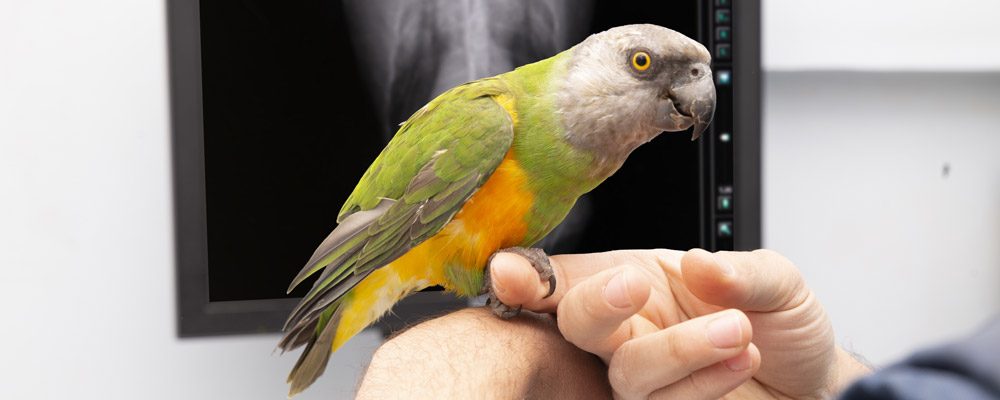Just like people, ferrets are capable of making a range of different noises. These range from normal sounds such as ‘dooks’ of excitement when playing through to abnormal noises such as excessive sneezing, coughing or wheezing.
Budgerigars (Melopsittacus undulatus), commonly known as budgies, can make wonderful pets. They are generally inquisitive, social birds that are relatively easy to keep.
There are many colour varieties available, with the green colouration being the most common in wild birds. Mature males generally have a blue cere (the cere is the skin structure around the nose and above the upper beak), and females usually have a brown cere.
Behavioural training can be a great way to build and maintain a healthy, trusting relationship with your bird.
This article summarises some of the key concepts involved in behavioural training, as well as some ideas for starting training at home with your bird.
In Australia, the main species of turtle that are found in captivity are the long neck species (Chelonia Longicolis) and the shorter necked species (Emydura and Elseya spp). Each one of these species has different requirements and the information provided can be used to keep them happy and healthy in their indoor enclosures.
Feather destructive behaviour in birds may be a symptom of many different diseases and has no one single cause. Unfortunately, it is also a very common condition encountered in a huge range of species at The Unusual Pet Vets.





